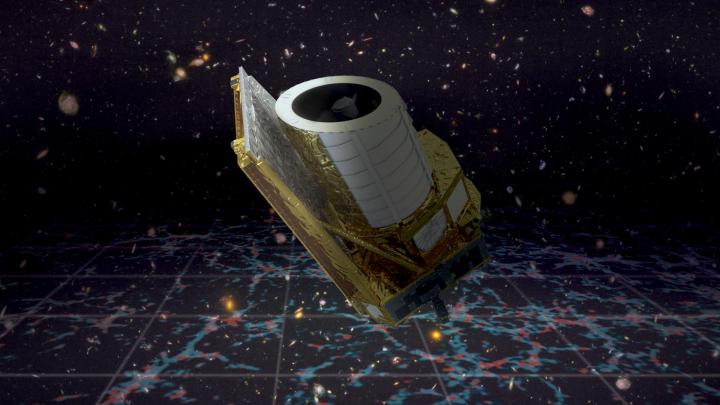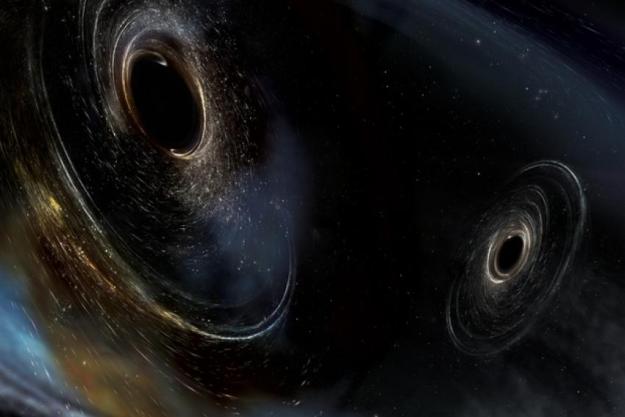The European Space Agency’s (ESA) Euclid space telescope, which launched in July this year to investigate the mysteries of dark matter and dark energy, has run into issues during its commissioning phase. Although the early calibration images looked good, since then the telescope has had problems with the instrument that helps it position itself by locking onto particular stars, called the Fine Guidance Sensor.
The Fine Guidance Sensor has been intermittently failing to lock onto stars, which is making it difficult to orient the telescope in the right direction. When working correctly, data from the Fine Guidance Sensor goes to the spacecraft’s attitude and orbit control system which keeps it in the right orientation. However as this has not been working as intended, the commissioning phase for the telescope has been extended so teams can investigate the issue.

“The issue of Euclid’s fine guidance is something we’ve all been concerned about. Teams at ESA’s technical heart (ESTEC), mission control (ESOC), Astronomy Centre (ESAC) and industry have been working day and night, tirelessly for months, and I can’t thank them enough for their determination to resolve the issue,” said Euclid Operations Director Andreas Rudolph in a statement. “I’m relieved to say that initial tests are looking good. We’re finding many more stars in all our tests, and while it’s too early to celebrate and more observations are needed, the signs are very encouraging.”
The teams have created updated software to address the issue, and the software fix has worked on a test version of the spacecraft which is kept at mission control. The update has now been sent to the telescope too, and the teams will be testing the telescope to see if it helps fix the issue.
“Obviously, this is where we will have the real test of truth, as only the science images can provide us with absolute certainty that Euclid’s pointing is performing well,” said Giuseppe Racca, Euclid Project Manager. “However, all evidence so far makes us very optimistic. We will continue to keep our fingers tightly crossed, but the restart of the performance verification phase gets nearer every day.”
Editors' Recommendations
- Euclid space telescope’s vision cleared thanks to deicing
- Hubble Space Telescope is back up and running following gyro problem
- See the stunning first images taken by the dark matter-hunting Euclid telescope
- Euclid’s navigation problems have been fixed with new software upload
- Neptune has a dark spot of its own, and it has been imaged from Earth




